“I’m gonna buy me a Mercury and cruise it up and down the road.” -Alan Jackson
The Mercury automobile was the brainchild of Henry Ford’s son Edsel; but the marque never really found its mark, and it is quite amazing that the brand was able to hang on for over 70 years.
For much of its lifespan, Mercury suffered from bad timing, silly gimmick accessories, garish chrome slathered on with a trowel and later became the epitome of lazy rebadging in the auto industry.
Mercury was never a bad vehicle brand. In fact, they were generally superior to their Ford siblings, but the company simply never found its proper place in the market.
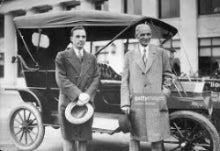
The stock market crash of 1929 decimated the nascent car industry. High end brands such as Cord, Pierce-Arrow and Duesenberg all fell by the wayside during the Great Depression, so it remains curious as to why Edsel Ford decided to create the Mercury brand in the first place.
Mercury was meant to be the middling offering for Ford, situated between Ford and its luxury marque, Lincoln. It was a car intended for the middle class.
The only problem was that in 1937, America did not really have a “middle class.”
The first Mercury’s rolled off the assembly line in 1938 as a separate division of the Ford Motor Corp., but the masses, still subsisting on cabbage soup and pear pie, were not interested in a gussied-up Ford. The brand did sell 65,000 cars its first year, which was not the disaster Ford would suffer two decades later with the Edsel, but sales were by no means impressive.
It was World War II that likely saved Mercury as automobile production ceased across the country in 1942 and factories retooled to manufacture wartime vehicles.
The pause gave Ford time to reimagine their middle brand and when the war was over, the company was merged to become Lincoln-Mercury in a move to bring the brand closer to Lincoln and get rid of the “upscale Ford” moniker.
Film legend James Dean also gave the brand a shot in the arm when he drove a de-chromed ’49 Mercury Series 9CM in the movie “Rebel Without a Cause.” Before long, hotrod enthusiasts were tinkering with and souping up Mercurys so they could imitate the “cool” Dean.
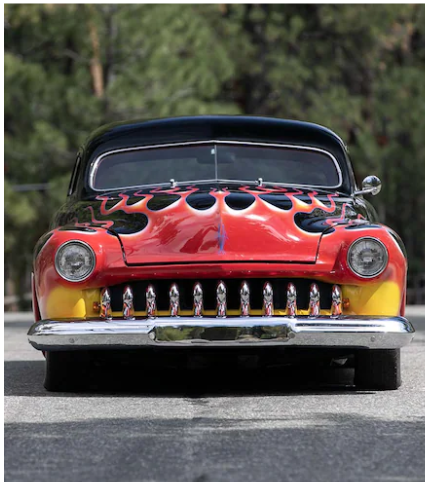
However, Mercury was not a performance brand and never really would be.
Like other car companies, Mercury tried a few gimmicks to differentiate itself from its siblings. In 1954, Mercury rolled out the Turnpike Cruiser which featured the rear roll-down “breezeway” window.
The idea was, in those pre-standard-air conditioning times when virtually all adults smoked cigarettes, that the back window would allow more air flow in the cabin; however, it became a joke for kids as they renamed it “the fart window.”
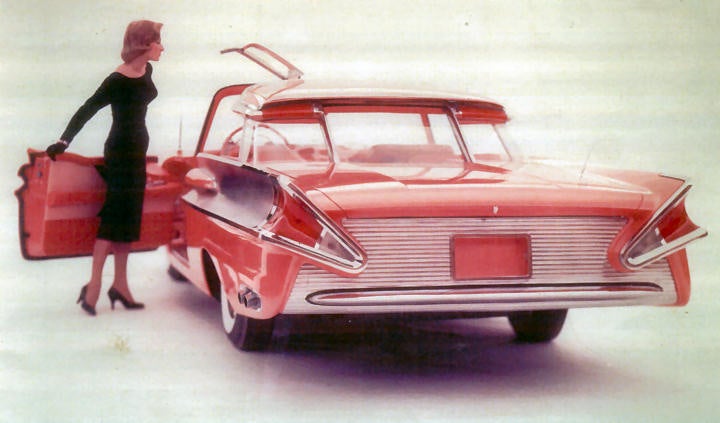
Mercury engineers failed to realize that while the breezeway window was a neat feature when the car was moving, at a dead stop the car’s exhaust system would end up pumping deadly carbon monoxide into the cabin.
Even though the Mercury brand trailed behind GM and Chrysler cars in the mid-price field, Ford decided to create yet another mid-priced brand.
Edsel was meant to fit between the Ford and Mercury brands pricewise, which would move Mercury further up-market Yet, the best laid plans didn’t work out that way and the prices overlapped, confusing customers.
Actually, if the Edsel had not been such an ugly vehicle that began rusting on the dealer’s lots, it might have replaced the Mercury.
From that point, Mercury designers seemed to give up on creativity and simply started aping Fords for designs.
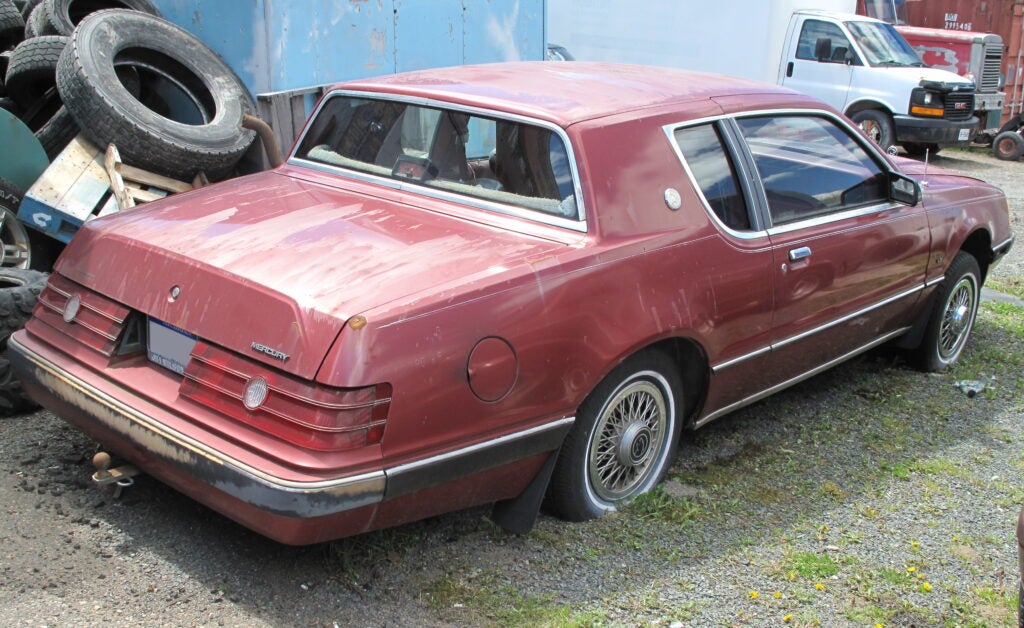
In 1967, the Cougar was released as Mercury’s version of the Mustang. When it became clear that buyers did not want a fake Mustang with faux wood paneling on the interior, the company switched gears and turned the Cougar into a fake Thunderbird with faux wood paneling.
In 1983, Mercury tried its hand again at a pony car, introducing the Capri. According to Carbuzz, the vehicle was built on Ford’s old Fox body platform that was designed in 1978, but it was modified to make for a cool little asphalt burner. Equipped with a 5.0-liter V-8, the Capri achieved 175 horsepower, which was very good for the times and could do a respectable zero to 60 mph in 7.1 seconds.
Unfortunately, the Carpri didn’t last in the line up very long, it became a victim of the perception that Mercury could not produce anything other than Ford lookalike land yachts.
Never a company to learn from its mistakes, Ford tried again in 1985 to wedge a new semi-upscale marque into the corporation’s lineup by launching the European designed Merkur to compete with Mercedes and Audi. Not only is the name Merkur the German word for Mercury, but again, consumers were confused as they were with the Edsel.
Like the Edsel, Merkur featured styling that customers found ugly. Even though the brand was only around for four years, it did significant damage to the Mercury line just by its very existence.
The biggest success that Mercury had was the Marquis of the late ‘70s through the ‘80s. The car was a rebadged Ford Crown Victoria and was popular mainly because the Crown ‘Vic was heavily in use as police cruisers and customers were willing to pony up a little extra to drive a really solid vehicle that didn’t look like a cop car.
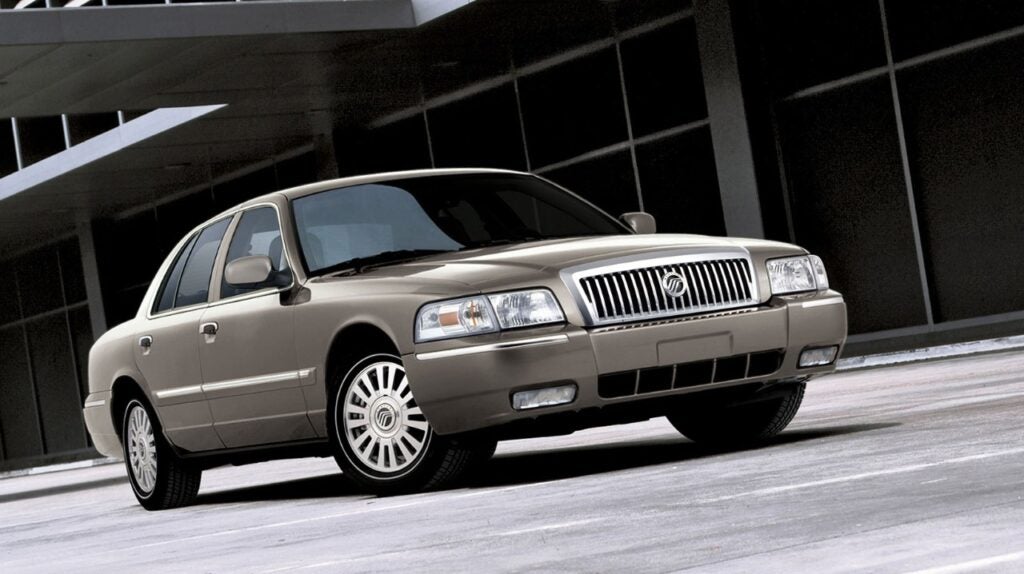
Sales for Mercury peaked in 1978 with the Marquis as the flagship.
From there, the company rested on laurels it never earned. It would be remembered as nothing but a copycat company that turned the back windows of the 1983 Thunderbird upside down and changed the taillights to create an unbalanced awkward looking car that cost more than the car it imitated.
The final blow came with the Recession of 2008 when Ford was faced with either bankruptcy or accepting a massive government bailout. Neither were palatable to Ford executives, so, in 2011, the decision was made to shutter Mercury for good.
Even without the recession, Mercury’s days were already numbered as foreign competition had reached a zenith and consumers had many more options than ever, leaving no room at the table for the Mercury.
See you on the road!
Scott Hudson is the Senior Investigative Reporter and Editorial Page Editor for The Augusta Press. Reach him at scott@theaugustapress.com












